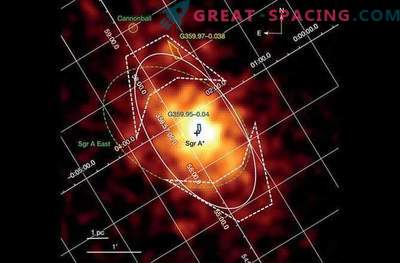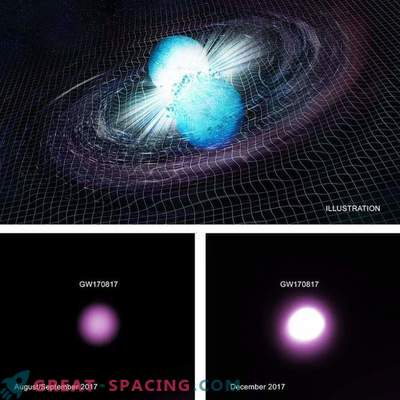
Pulse profiles (black dots) IGR J17591−2342 from NuSTAR (upper panel) and NICER observations (below) after correction of orbit parameters. The most appropriate model (red line) is a superposition of three sinusoidal functions.
With the help of the NuSTAR spacecraft and the NICER instrument, scientists were able to find a new accreting millisecond X-ray pulsar (AMXP). The object was called IGR J17591−2342, and is considered another addition to the short list of known objects of this kind.
X-ray pulsars exhibit strict periodic changes in the intensity of X-rays that can be shorter than a fraction of a second. AMXP is a peculiar type of X-ray pulsars in which short periods of rotation are caused by prolonged mass transfer from a star through an accretion disk to a slowly rotating neutron star. Astronomers perceive AMXP as astrophysical laboratories that will make it possible to understand the processes of a thermonuclear burst much better. Today's list has a total of 21 AMXP, with rotation periods ranging from 1.7 to 9.5 milliseconds. To expand the list of specific objects, the scientific community is actively seeking sources through space observatories, such as the NASA NuSTAR telescope. It was recently used and recorded by IGR J17591-2342 on August 10, 2018, which was initially perceived as an x-ray transition process. NuSTAR helped determine true nature.
The team identified coherent X-ray pulsations around 527.4 Hz (1.9 milliseconds) in NuSTAR and NICER observations made 25 days after the start of the flash with a pulse fraction of 15%. The analysis showed that the orbital period reaches 8.8 hours, the mass of the neutron star is 1.4 solar, and the minimum for the satellite is 0.42. It was noted that IGR J17591-2342 is located near the center of the Milky Way (28,000 years from us). Estimated accretion rate reaches 0.52 billion from one solar mass per year. Now it is the 22nd famous AMXP.











































